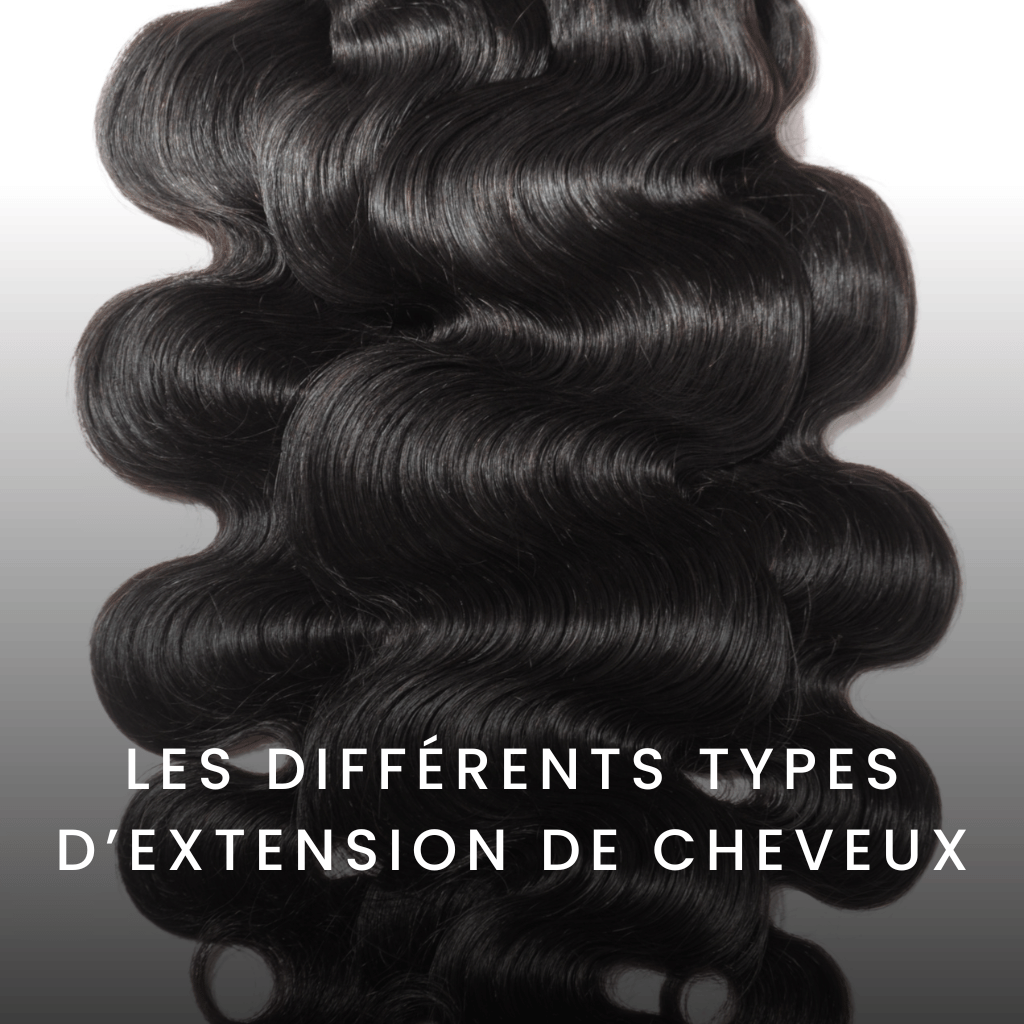The different types of hair extensions
Want to change your head? A new hairstyle is needed! All that remains is to make the right choice. In recent years, hair extensions have become a real trend. It's a way to get more volume or length in a flash and adopt the hairstyle you want. Note that there are different types of extensions. It's up to you to make the right choice, taking into account their advantages and disadvantages!
Synthetic or natural hair extensions
The choice is between natural hair extensions and synthetic strands. The first option is recommended. Natural hair extensions are of high quality and can be blended with the hair without any problem. In addition, they make hair care and styling much easier. But nowadays, synthetic hair extensions are becoming more and more realistic and blend in with natural hair.
Clip-in extensions
Among the different types of extensions, we also distinguish the clip-in hair extension. What exactly is this? In reality, clip-in hair extensions are strips of hair that are attached via metal clips called "clip-in". They come in different forms on the market.
It is possible to find clip-in extensions in afro, curly, straight or curly. The advantage of this type of hair extension is that it is easy to apply and inexpensive. It is possible to do it yourself. In addition, the extension has a long service life. However, in the event of a gust of wind, the fixings may come loose.
Hot extensions
These are the most popular hair extensions. They happen to blend well with the natural hair. In addition, they are much more durable. In fact, a curly, frizzy or straight keratin hair extension can last about 6 months. On the other hand, its installation is very delicate and must be done by an expert.
Indeed, the strands must be fixed at the hairline with keratin. It must be melted with a heat gun or a straightener to make it harder. Removing the extensions is also a difficult task.
Cold extensions
These are better alternatives to hot extensions. They are applied via small silicone or metal rings. The application is quite long, as you have to pinch the strands one by one near the hairline. However, it is possible to do this yourself. The downside is that it also takes a long time to remove each strand.
Adhesive tape extensions
They are also called "permanent extensions" and they are very practical. Indeed, the installation of this type of wick is easy and fast. They last for about 12 weeks. This depends on the quality of the adhesive. However, maintenance is difficult, as the wicks could fall out if handled too aggressively.
Body wave weave
The body wave weave is the most attractive type of extension. It is economical and effective and suitable for all hair types. Moreover, its installation is simple, as it consists in weaving the strands on the real hair. That said, it is better to entrust the operation to a professional for a more natural result.
The body wave closure
The body wave closure is a rather special extension. In reality, it is more like a wig, a piece of tulle to be sewn or glued onto the hair. Often made with natural hair, the closure can be wavy, curly or straight. It is available in different models. The lace front wig is one of them. The different types of hair extensions

